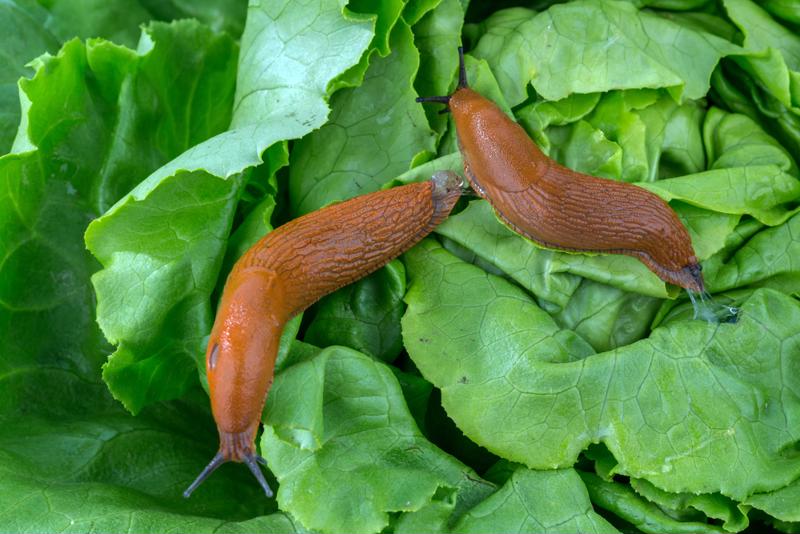Keeping your lawn and garden looking trim and healthy is a full-time job, and it's not always an easy one. Sometimes we get the urge to use products or methods that will make lawn care simpler, but these practices aren't always the best for Mother Nature. Take a look at five alternative ways to make lawn care easier without causing potential damage to yourself and the environment.
1. Don't over water
It's important to avoid overwatering, especially with the water shortages across the country. Well-established grass only needs to be watered weekly. You should also try to water early in the morning or later in the evening when the sun isn't at its peak. This will allow more of the water to reach the roots before evaporating. Another eco-friendly option to consider is storing rainwater in drums for later use.
2. Use organic fertilizer
After you've mowed your yard using a Husqvarna lawn mower, save the grass clippings and use them as a green fertilizer. Other organic fertilizer options include compost and mulch. These nutrient-rich materials are excellent for feeding your lawn and garden without using chemicals. If you need some help getting started with an organic fertilizer, click here to see how Pantano Power Equipment says you can use your lawn clippings for compost.
3. Avoid chemical-based pesticides
Pests are an annoying part of lawn care, and sometimes you just want them gone as quickly as possible. Before you pollute your lawn with chemical-based pesticides that can be harmful to pets and young children, try an organic solution. Consider introducing nematodes to prevent harmful pests from destroying your hard work.
 Pests can be frustrating, but an organic pesticide is just as effective as a chemically based one.
Pests can be frustrating, but an organic pesticide is just as effective as a chemically based one.4. Plant eco-friendly grass
According to MarthaStewart.com, eco-friendly grasses require less watering, less frequent mowing and less fertilization. Some examples of eco-friendly grass include buffalograss, seashore paspalum and Ecolawn. With these types of grass, you don't have to sacrifice beauty either. Many eco-friendly grass options make for some of the most alluring yards.
5. Aerate your lawn
Aerating your lawn may seem like a strange suggestion. However, when your yard become compacted, less sunlight, water and minerals reach the roots of your grass. This means you'll spend more time and resources to correct the problem. By aerating your lawn, you can break up the packed in soil to allow your soil to receive the elements it needs.
You don't have to destroy the environment to get a healthy and nice-looking yard. There are a variety of green gardening practices that will help you maintain the lawn you want while remaining eco-friendly. Even though you may be in the habit of using fast-acting chemical-based solutions, watering whenever your yard looks a little dry and planting the grass that everyone else has, there is still time to change. By adopting environmentally friendly lawn care practices, you can reduce your carbon footprint.